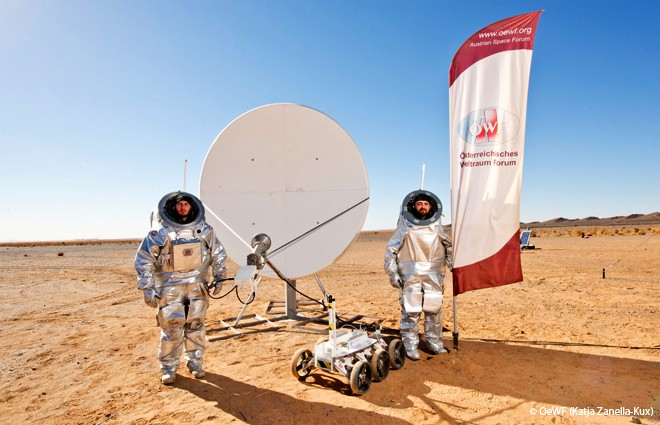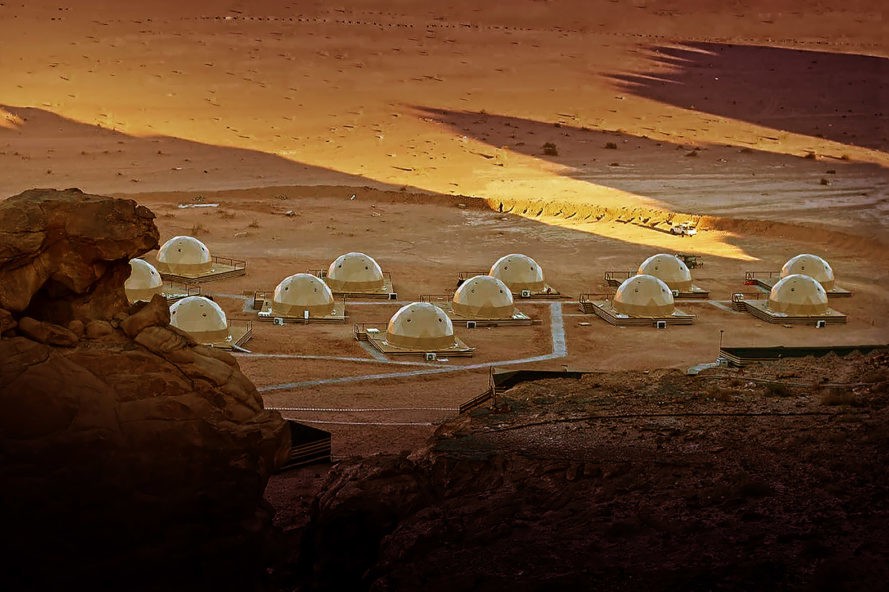The space race is on: China has succeeded in landing a non-manned spacecraft to the far side of the moon, China’s space agency announced. The Communist nation aims to collect more minerals from the moon. There is a global debate on who should own minerals in space, and if we should take them. Another debate is on space junk and the over-lighting of the skies by space satellites like Bluewalker and Starlink.
While Elon Musk and the UAE have a mission to get to Mars, the immediate rush is to get to the moon to mine for minerals, and to begin the building of international moon bases for astronaut missions and missions to Mars.
Read related: AI creates pottery glaze that could work on Mars
The landing elevates China’s space power status in a global rush to the moon, where countries, including the United States, are hoping to exploit lunar minerals to sustain long-term astronaut missions and moon bases.

Lunar Plants Research Documentation, NASA
Read related: This start up creates Lunariums to grow plants on Mars
A Chinese spacecraft has successfully landed on the moon’s far side to collect rock samples, further intensifying the ongoing space race to the lunar surface with the United States and partner nations.
China’s Chang’e-6 entered the lunar orbit and landed on June 1, according to the European Space Agency (ESA), which contributed a Swedish-developed payload to the mission.
The mission is the sixth in China’s Chang’e moon exploration program. It is named after a Chinese moon goddess. The far side of the moon is permanently hidden from Earth’s view and olds significant scientific mysteries.
The lander is expected to drill and collect moon surface materials of up to 4.4 pounds which will be loaded into an ascent vehicle before launching back into lunar orbit for an expected rendezvous and docking with the orbiter.

Morocco and Austria also want to go to Mars!
Scientific and International Collaboration Onboard
While all eyes are on Communist China for its support of Iran and Russia, the Chinese have still managed to cooperate with several international scientific missions which included their instruments.
The Negative Ions at the Lunar Surface (NILS) payload, developed by the Swedish Institute of Space Physics, and the Detection of Outgassing RadoN (DORN) instrument from France will collect data during the lander’s operational period on the surface. An Italian passive laser retro-reflector and a small rover are aboard the lander. (Remember when the Italians reflected sun onto this town which was always in a shadow?)
Chang’e-6 also carried a small satellite called Icube-Q which was developed by Pakistani and Chinese universities.
China aims to put a person on the moon before 2030, which would make it the second nation after the United States. NASA plans to send people to the moon by 2026.

Would you live on Mars or the moon?
The big goal is an International Lunar Research Station planned for the 2030s which expects collaboration from many countries and organizations.
A 2020 Chinese moon mission brought back minerals to China. The Chinese discovery of a phosphate mineral in columnar crystal has the nation clamoring for more of the Moon. They have discovered a new phosphate mineral now named Changesite-(Y).
Several countries and organizations have signed up for this ambitious project, signaling China’s growing influence and commitment to leading the next era of space exploration.
The world’s first trillionaire will mine the skies
Astrophysicist Neil deGrasse Tyson once told the World Government Summit in Dubai that the first trillionaires are likely to be those who mine asteroids for minerals and water to further the exploration of the universe. Planetary Resources and Deep Space Resources are working out which asteroids offer the greatest potential for profits.
Nation states are also involved in the space-mining race, with countries such as Luxembourg, Japan and the United Arab Emirates leading the pack.
We must ask ourselves as in the case of deep sea mining now started by Norway: Who owns resources in space? Will space mining be a free-for-all, operating on a first-come, first-served basis? And who – if anyone – has the oversight to ensure the resources are used responsibly and for humanity’s benefit?






